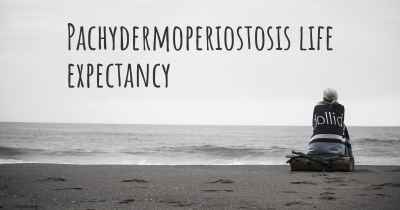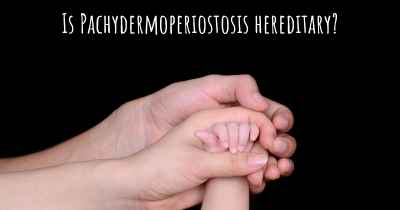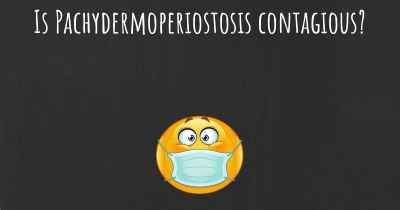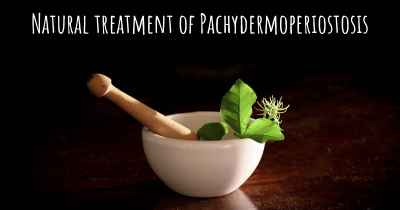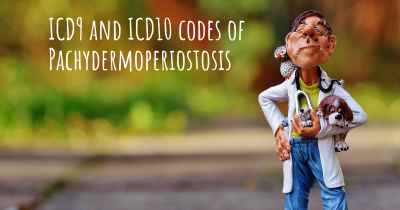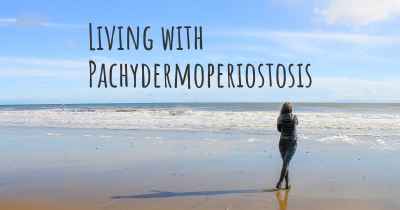What is the prevalence of Pachydermoperiostosis?
How many people does Pachydermoperiostosis affect? Does it have the same prevalence in men and women? And in the different countries?
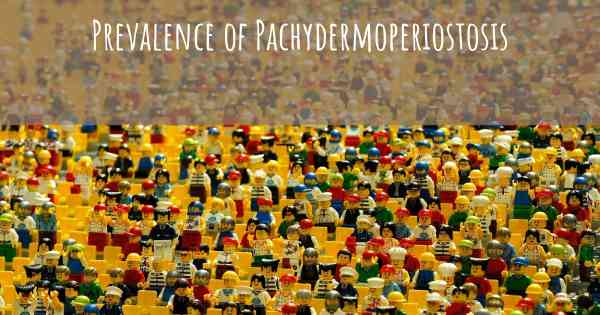
Pachydermoperiostosis is a rare genetic disorder characterized by thickening of the skin, enlargement of the bones, and clubbing of the fingers and toes. It is estimated to affect approximately 1 in 7 million individuals worldwide. The condition is more commonly observed in males than females. Symptoms usually appear during adolescence or early adulthood and may include joint pain, excessive sweating, and facial changes. While the prevalence of Pachydermoperiostosis is extremely low, early diagnosis and management can help alleviate symptoms and improve quality of life for affected individuals.
Pachydermoperiostosis, also known as primary hypertrophic osteoarthropathy, is a rare genetic disorder characterized by thickening of the skin, enlargement of the extremities, and bone abnormalities. It is estimated that the prevalence of Pachydermoperiostosis is approximately 1 in 400,000 individuals worldwide, making it an extremely rare condition.
Pachydermoperiostosis affects both males and females equally, typically presenting in adolescence or early adulthood. The exact cause of this disorder is not fully understood, but it is believed to be caused by genetic mutations that affect the regulation of bone and tissue growth.
The symptoms of Pachydermoperiostosis can vary but commonly include thickened skin on the face and scalp, clubbing of the fingers and toes, joint pain and swelling, and excessive sweating. These symptoms can significantly impact the quality of life for affected individuals.
While there is no cure for Pachydermoperiostosis, treatment focuses on managing the symptoms and improving the patient's comfort. This may involve the use of nonsteroidal anti-inflammatory drugs (NSAIDs) for pain relief, physical therapy to maintain joint mobility, and cosmetic procedures to address skin changes.
In conclusion, Pachydermoperiostosis is an extremely rare genetic disorder with a prevalence of approximately 1 in 400,000 individuals worldwide. Further research is needed to better understand the underlying causes and develop more effective treatments for this condition.
